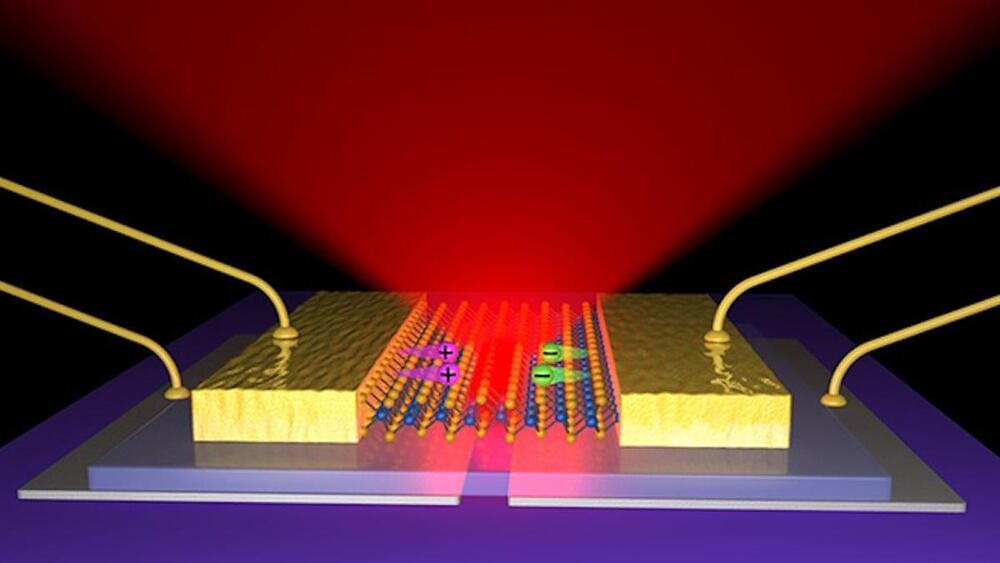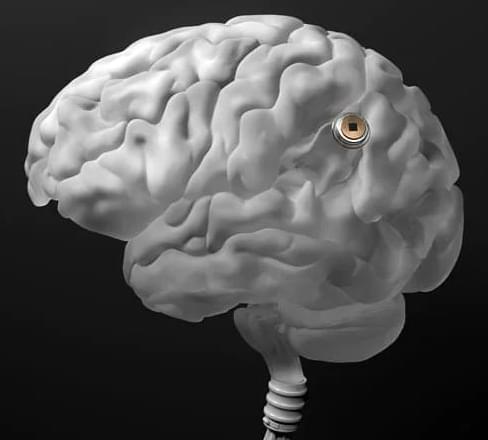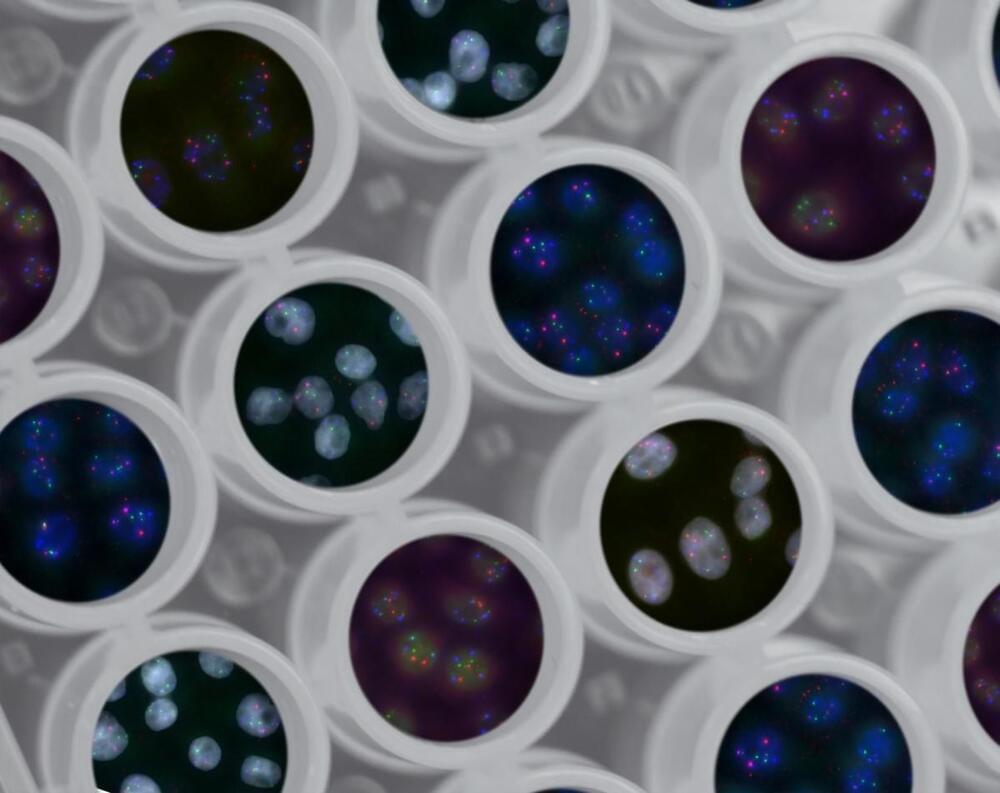Porsche is about to turn its 718 lineup fully electric, diverging from the 911 which won’t go EV in this decade or maybe ever.
A few months ago, we speculated on Porsche’s plans to turn the 718 into a fully electric car. Now we have gathered additional material from different sources within and outside the company. Not only did we get confirmation that it will be a full battery-electric vehicle, we also gathered that it will be fundamentally detached from the 911—which, we learned, will retain its combustion engine beyond 2030 and may not even become hybridized.







